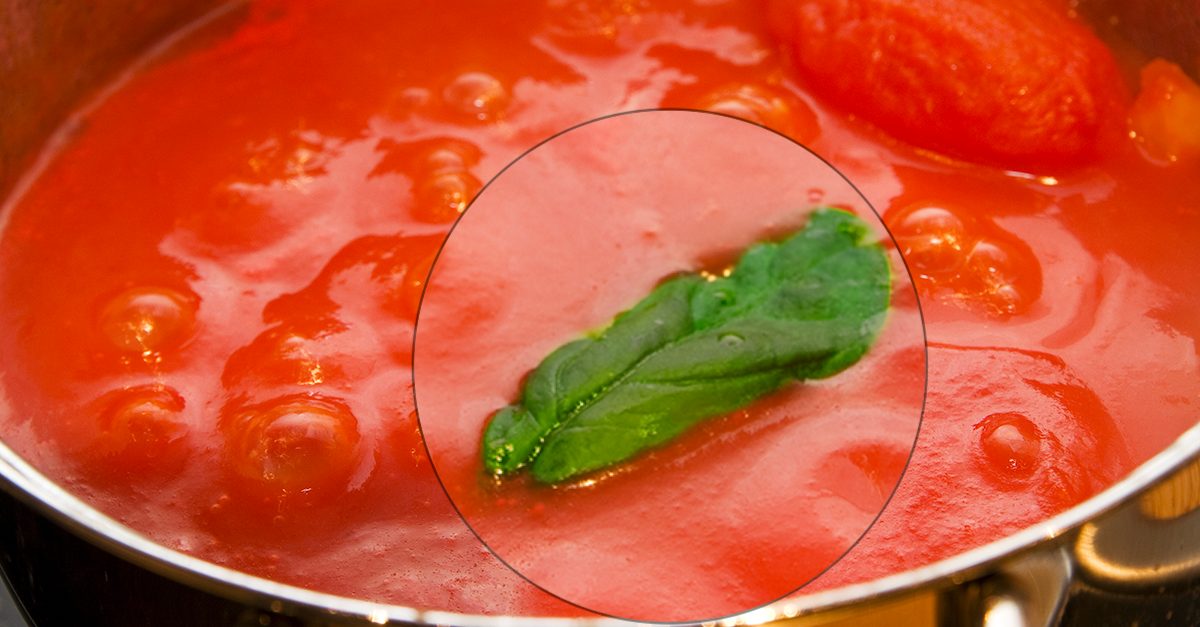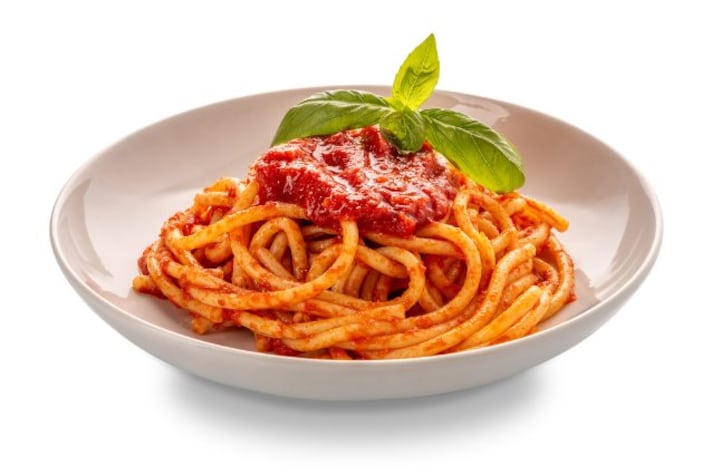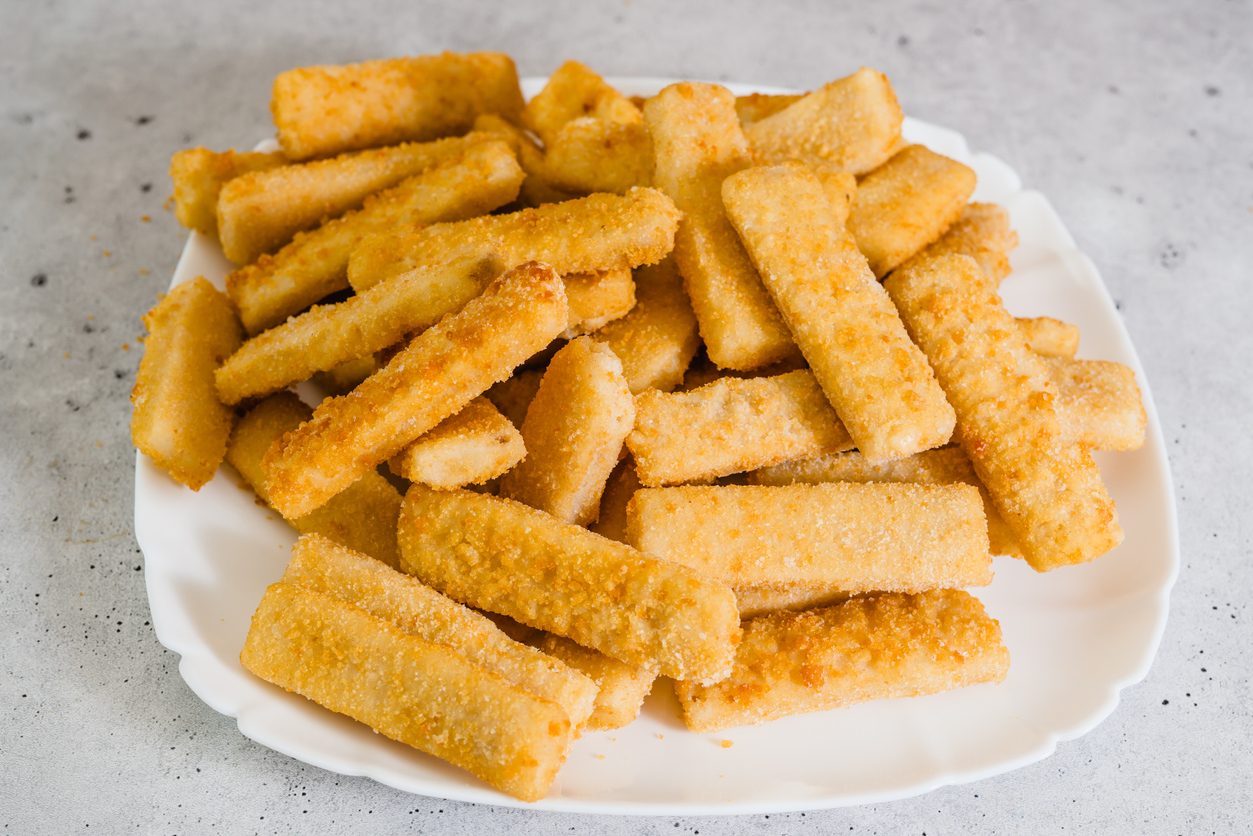Why You Should Never Let Fresh Basil Cook
Fresh basil should not be cooked to preserve its vibrant color, distinctive aroma, and flavor, which heat rapidly diminishes. Adding basil last or using it fresh enhances dishes and maintains its nutritional benefits.
;)
Basil, with its vibrant green leaves and aromatic presence, stands as a cornerstone in many culinary traditions around the world, especially in Italian and Southeast Asian cuisines. Its unique flavor profile, which can range from peppery to slightly sweet, with hints of mint and clove, makes it an indispensable herb in the kitchen. However, there's a significant culinary guideline often stressed by chefs and cooking enthusiasts alike: never let your fresh basil get cooked. But why?
The Delicate Nature of Basil
Basil is a delicate herb, both in structure and flavor. Heat can rapidly diminish its vibrant color, turning it from bright green to a dull, unappetizing brown. More importantly, prolonged exposure to heat degrades basil's essential oils, which are the carriers of its distinctive aroma and flavor. These volatile compounds are sensitive to temperature; as the heat increases, the essential oils begin to evaporate, leading to a significant loss in the herb's fresh, aromatic quality.

Flavor and Nutritional Benefits
The primary reason to keep basil fresh and away from prolonged cooking processes lies in preserving its flavor integrity. Fresh basil adds a burst of freshness and can elevate a dish with its nuanced taste, which is often muted when subjected to heat. Additionally, basil is rich in vitamins (such as Vitamin K), antioxidants, and anti-inflammatory compounds. Cooking can reduce these nutritional benefits, making fresh basil not only a choice for taste but also for a healthier diet.
Culinary Applications
Understanding the best way to incorporate basil into dishes can make a world of difference in your cooking. Here are a few tips on how to use fresh basil effectively:
- Add at the End: If your recipe calls for basil, add it during the last stages of cooking or even off the heat. This approach allows the herb to warm slightly, releasing its aroma and flavor without losing its essence to heat.
- Use in Fresh Preparations: Basil shines in fresh applications. Think of dishes like Caprese salad, where basil leaves are layered with tomato and mozzarella, or in fresh pesto, where its raw flavor is celebrated rather than diminished.
- Garnishing and Final Touches: Using fresh basil leaves as a garnish on pizzas, pastas, or soups can add a final touch of flavor that cooked basil simply cannot achieve.

When is it Acceptable to Cook Basil?
It's important to note that there are exceptions to every rule. In some slow-cooked dishes, like stews or sauces, adding basil early on can infuse the dish with its flavor in a more subtle way. However, even in these cases, a final garnish of fresh basil can provide the freshness and aroma that only raw basil can offer.
;Resize,width=767;)
;Resize,width=712;)
;Resize,width=712;)

